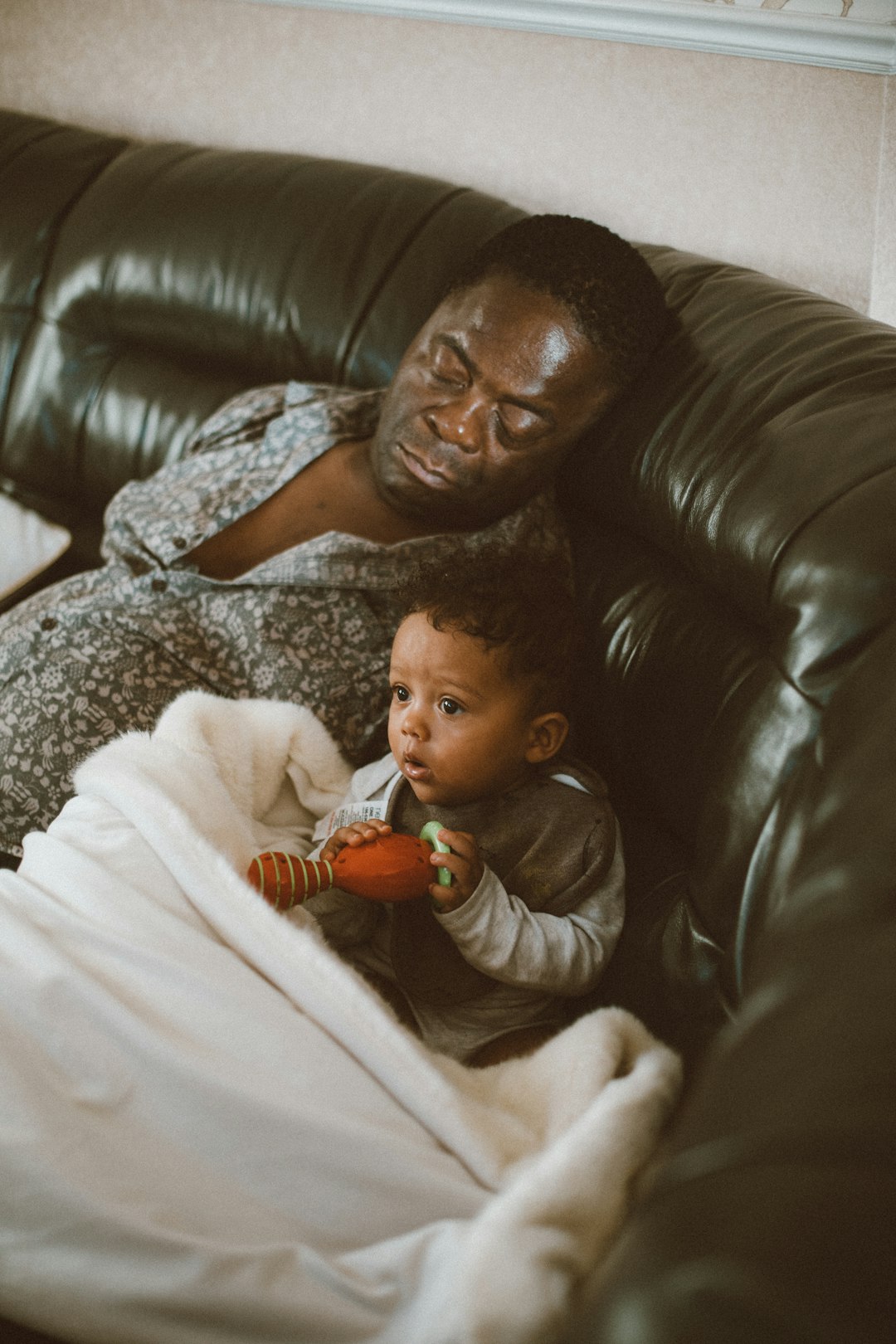Best Interior Design Tips for Transforming Your Space
Posted at 22 Aug 2024
7 minute readtime
Table of Contents
1 - Introduction.
Interior design is more than just arranging furniture and choosing color schemes; it’s about creating a space that reflects your personality, meets your practical needs, and enhances your quality of life. Whether you are redesigning a single room or embarking on a whole-house renovation, understanding fundamental design principles can transform your space dramatically. In this blog post, we will explore some of the best interior design tips to help you create a beautiful and functional environment.2 - Understand Your Space and Needs.
Before diving into design, take a step back to evaluate your space. Assess the layout, size, and orientation of the rooms in your home. Is there an awkward corner that needs special attention? Take measurements to ensure your furniture will fit comfortably. Consider your lifestyle—is your home child-friendly or is it more of a serene retreat for adults? Understanding the way you use your space is crucial. Making a list of activities you want to accommodate helps in visualizing the most effective layout.Another important consideration is the aesthetic style that resonates with you. Are you drawn to contemporary minimalism, rustic charm, or classic elegance? Spend time researching and gathering inspiration from various sources, such as magazines, websites, or design shows, to pinpoint the style that aligns with your vision.
3 - Color Choice Matters.
Color can have a profound impact on the mood and perception of a space. When you choose your palette, consider the psychological effects of colors. For instance, blues and greens tend to create a calm and serene atmosphere, whereas yellows and reds can energize and inspire creativity. Neutrals often serve as a versatile backdrop that can complement brighter accents.A tip for novice designers is to adhere to the 60-30-10 rule: use 60% of a dominant color, 30% of a secondary color, and 10% as an accent color. This proportion helps achieve balance and harmony in design. Additionally, testing paint swatches in different lighting conditions can lead to a more satisfying outcome, as colors can appear quite different depending on the time of day and the intensity of artificial light.
4 - Furniture Arrangement Techniques.
The placement of furniture plays an essential role in functional design. Begin by establishing focal points—these could be a fireplace, a piece of art, or a view from a window. Arrange your furniture in a way that promotes conversation and flow. Do not push all furniture against the walls; pulling it inward can create a cozier, more inviting environment.When selecting furniture, pay attention to scale and proportion. A large sectional sofa may seem appealing but could make a small room feel cramped. As a guideline, ensure furniture pieces maintain a balance with the room’s proportions. For added interest, consider mixing different textures, such as adding a soft rug underfoot or incorporating wooden finishes to create warmth.
5 - Lighting: Layer It Up.
Good lighting is crucial in interior design; it not only brightens but also enhances the aesthetic appeal of your space. Utilize a combination of ambient, task, and accent lighting to create depth and dimension in your rooms. Ambient lighting serves as the main source of illumination, while task lighting focuses on specific areas like reading nooks or countertops.Don't forget about accent lighting, which draws attention to artwork, architectural features, or collectibles you cherish. Incorporate dimmers for flexibility in mood settings—this is particularly useful in dining areas where you might prefer a softer light during dinner parties.
6 - Personal Touches and Accessories.
Personalization can elevate your design from generic to uniquely yours. Incorporate personal items that reflect your personality, such as photographs, travel souvenirs, or heirlooms. Accessories like throw pillows, curtains, and area rugs add layers of texture and warmth to the design. When selecting accessories, consider the balance of sizes, shapes, and colors to maintain visual interest without overwhelming the space.Moreover, plants add life and freshness to indoor environments. Choosing succulents for lower maintenance or larger indoor trees can create a striking focal point, reducing stress and enhancing overall air quality.
7 - Conclusion.
With these interior design tips, you now have several tools at your disposal to create the space of your dreams. Remember that design is an evolving process—incorporate your style gradually and let your space reflect changes over time. Be open to experimentation, and always trust your instincts. With time and patience, you will successfully create an environment that nurtures both comfort and creativity in your daily life.Embrace each of these tips to transform your environment into a harmonious blend of functionality and aesthetics. Your home deserves to be as unique as you are, and thoughtful design can make all the difference.






